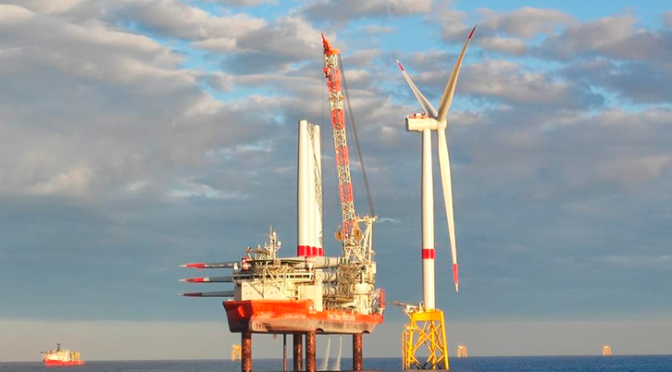The offshore wind energy sector has been experiencing a rapid growth in recent years, with governments and private investors alike recognizing the potential of this renewable energy source to help combat climate change and meet the increasing global demand for electricity. As the industry continues to expand, it is becoming increasingly important for stakeholders to make strategic decisions regarding the development and management of offshore wind farms. One tool that is proving to be invaluable in this process is artificial intelligence (AI), which can be harnessed to optimize decision-making and maximize the return on investment for offshore wind farm projects.
AI-driven decision-making involves the use of advanced algorithms and machine learning techniques to analyze large amounts of data and identify patterns, trends, and relationships that can inform strategic decisions. In the context of offshore wind farm investments, this can include data on wind resources, turbine performance, environmental conditions, and market dynamics, among other factors. By processing and analyzing this data, AI-driven decision-making tools can help stakeholders identify the most promising sites for new wind farms, optimize the design and layout of these projects, and improve the efficiency and reliability of their operations.
One of the key advantages of AI-driven decision-making in the offshore wind energy sector is its ability to process vast amounts of data quickly and accurately. This is particularly important given the complex and dynamic nature of the offshore wind environment, which is characterized by constantly changing wind speeds, wave heights, and other factors that can impact the performance of wind turbines. By leveraging AI-driven decision-making tools, stakeholders can gain a deeper understanding of these variables and their interactions, allowing them to make more informed decisions about where to invest in new wind farm projects and how to optimize their design and operation.
Another important benefit of AI-driven decision-making for offshore wind farm investments is its ability to identify and mitigate risks. The development and operation of offshore wind farms can be subject to a wide range of risks, including technical, environmental, and financial risks. By analyzing historical data and using predictive analytics, AI-driven decision-making tools can help stakeholders identify potential risks and develop strategies to manage and mitigate them. This can not only help to improve the overall performance and reliability of offshore wind farms but also reduce the likelihood of costly delays and failures.
AI-driven decision-making can also play a critical role in optimizing the financial performance of offshore wind farm investments. By analyzing market data and trends, AI-driven decision-making tools can help stakeholders identify the most attractive investment opportunities and make more informed decisions about the timing and structure of their investments. This can help to maximize the return on investment for offshore wind farm projects and ensure that they remain competitive in an increasingly crowded market.
In conclusion, AI-driven decision-making is emerging as a powerful tool for stakeholders in the offshore wind energy sector, enabling them to make more informed and strategic decisions about the development and management of offshore wind farms. By harnessing the power of AI-driven decision-making, stakeholders can optimize the performance and reliability of their projects, mitigate risks, and maximize the return on investment for their offshore wind farm investments. As the industry continues to grow and evolve, it is likely that AI-driven decision-making will play an increasingly important role in shaping the future of offshore wind energy, helping to drive the transition to a more sustainable and low-carbon global energy system.

